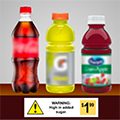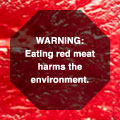
Researchers at UNC-Chapel Hill have found that combining taxes on sugary drinks with added messaging on price tags further discourages parents from wanting to buy sugary drinks for their children. Currently, over 60 countries and smaller jurisdictions around the world have levied taxes on sugary drinks in an effort to curb their consumption, yet these beverages […]



